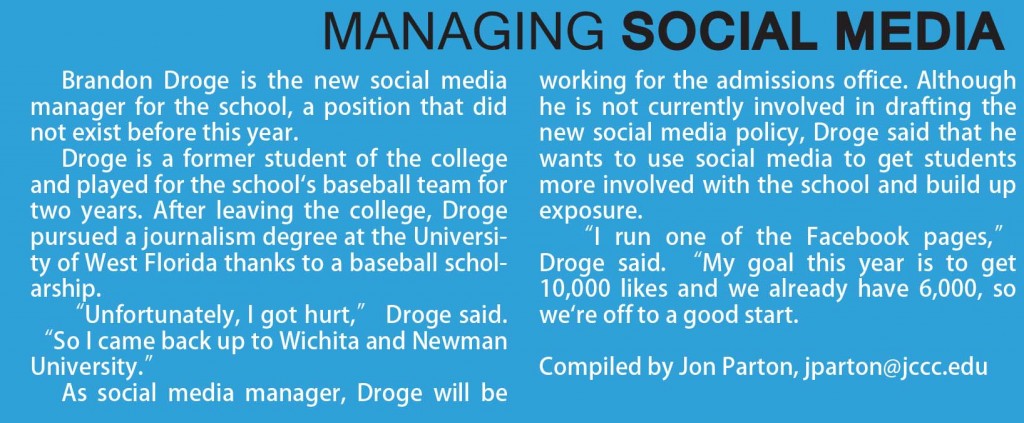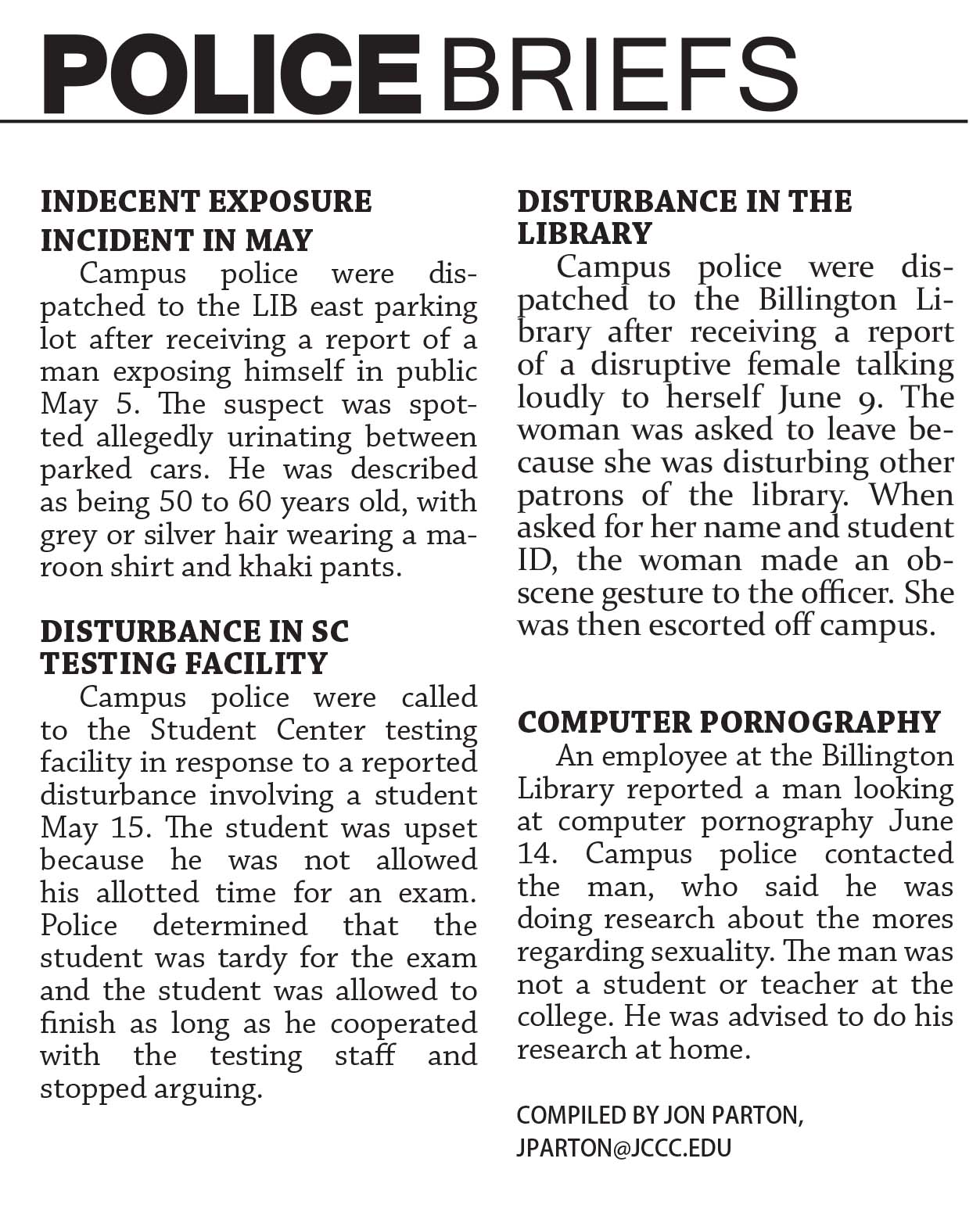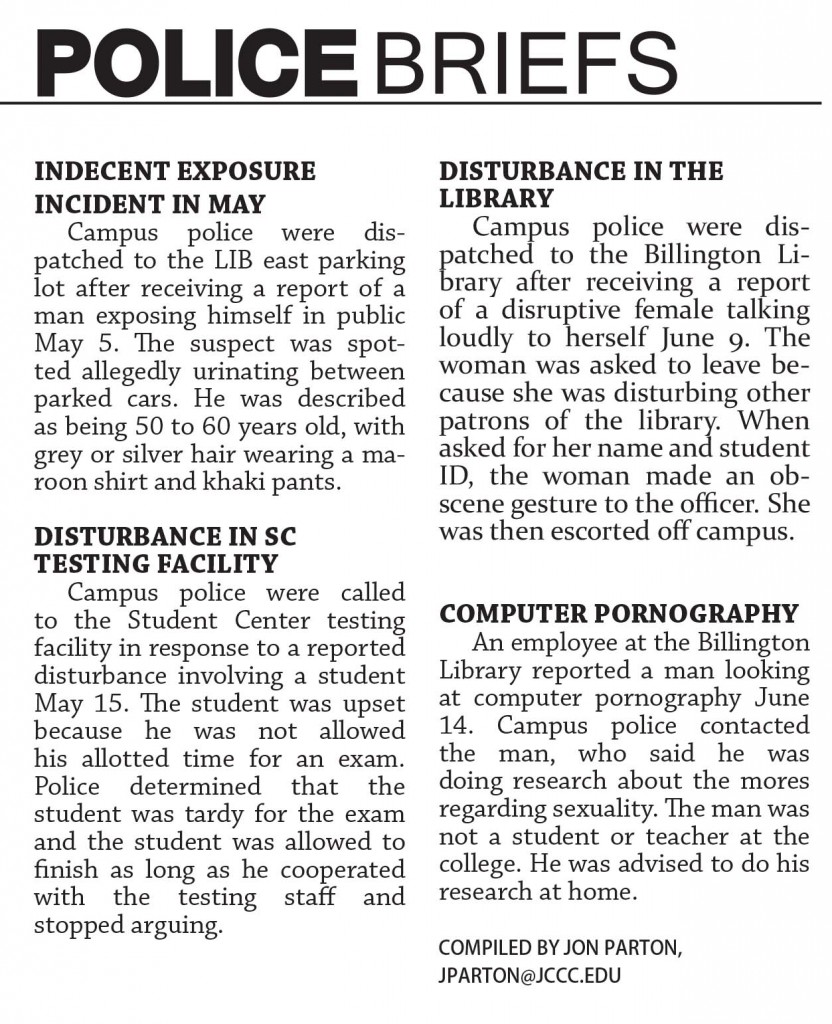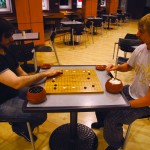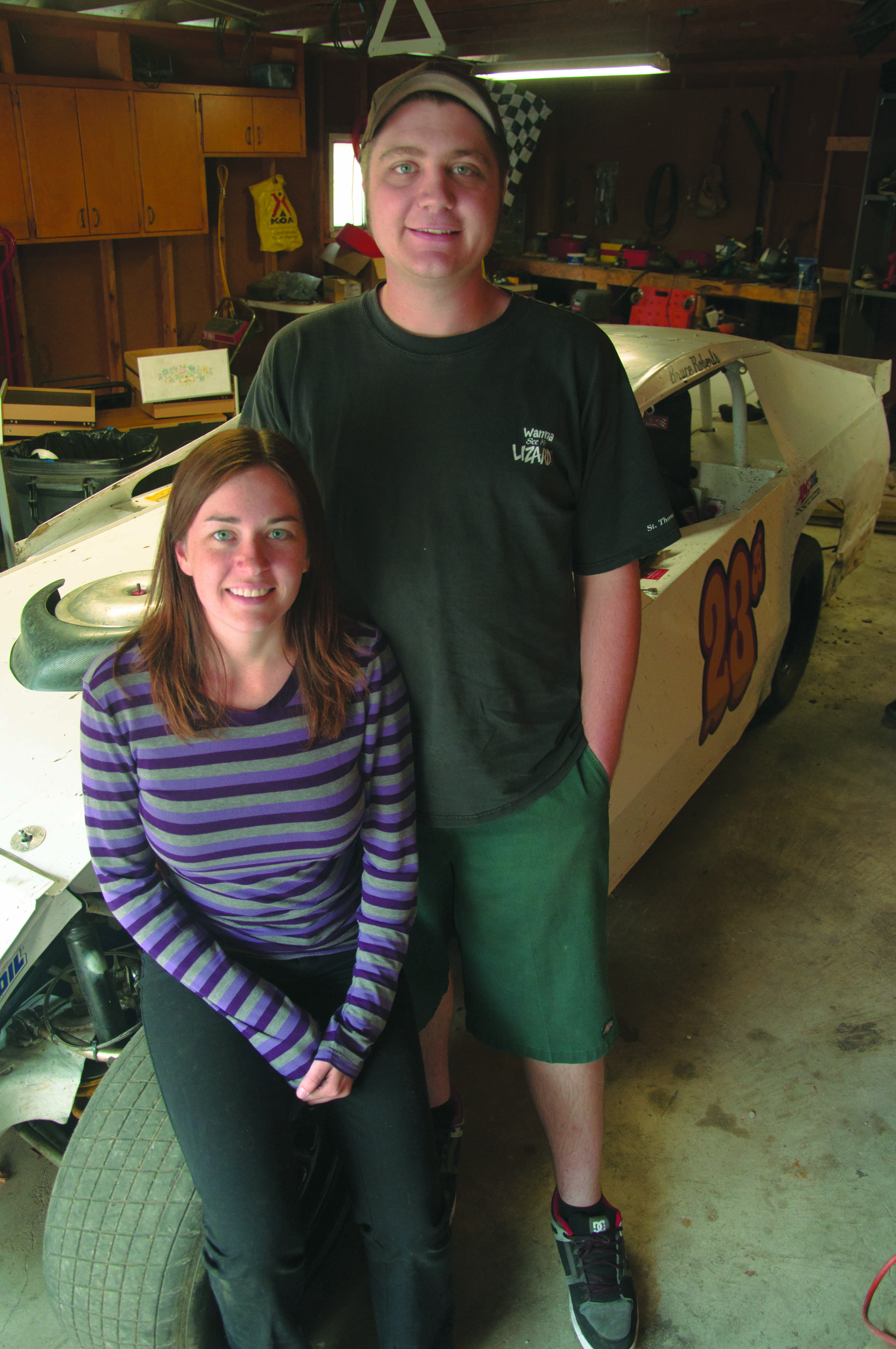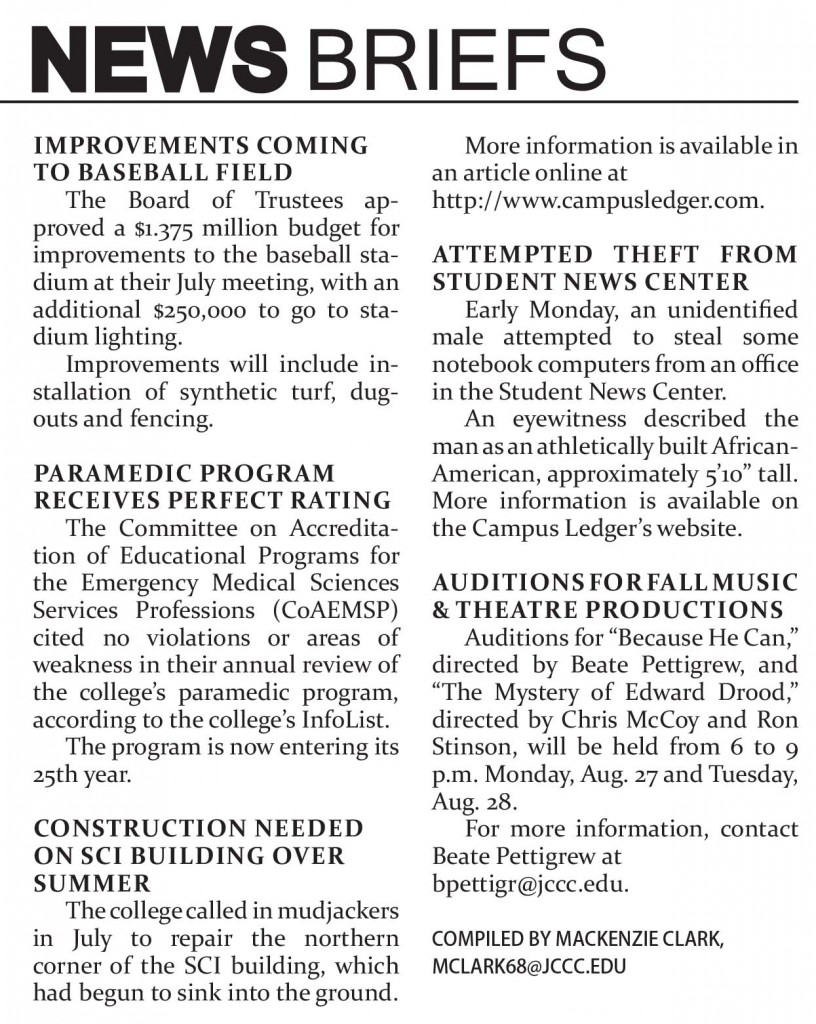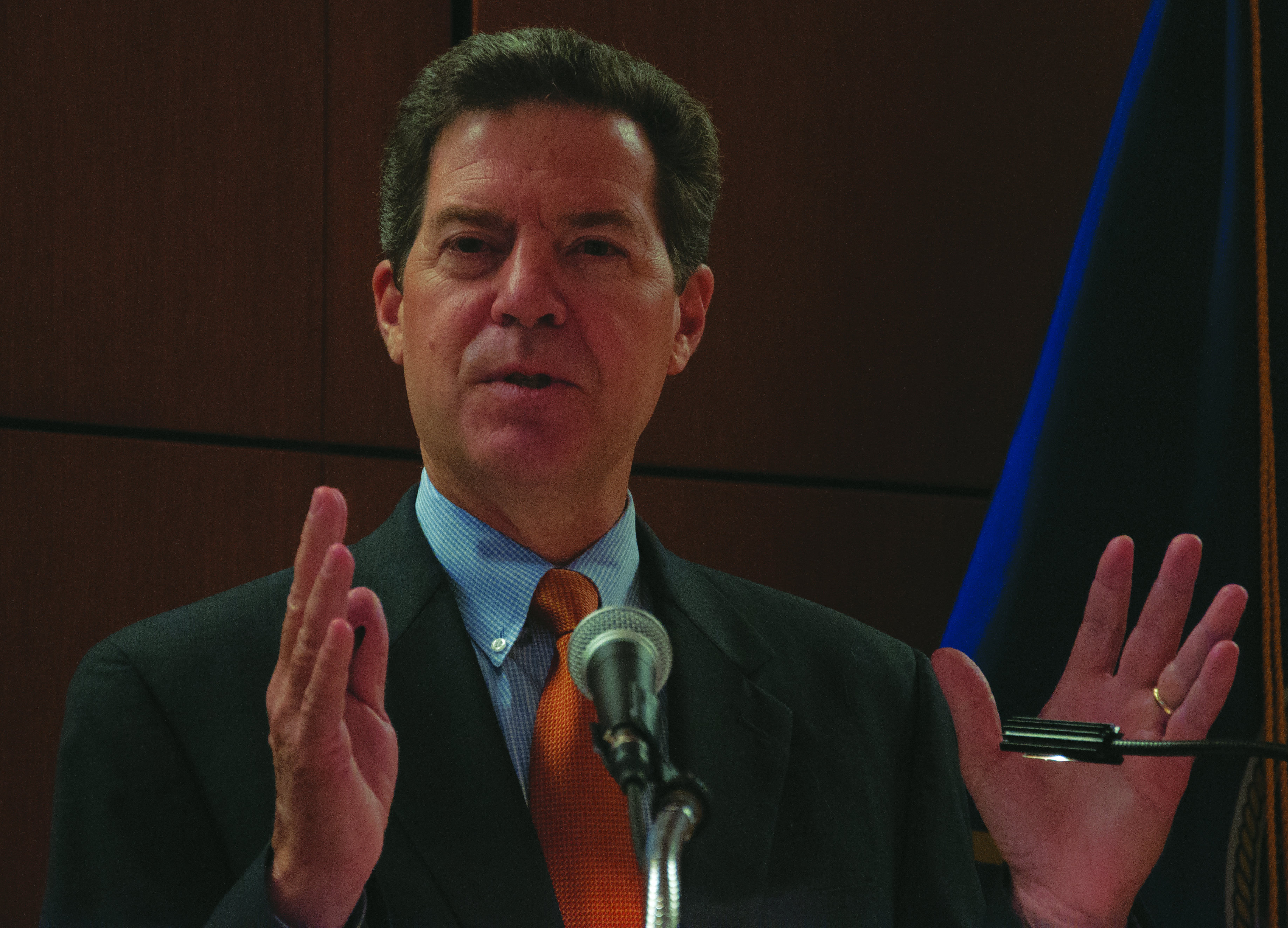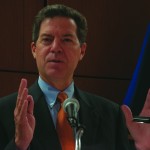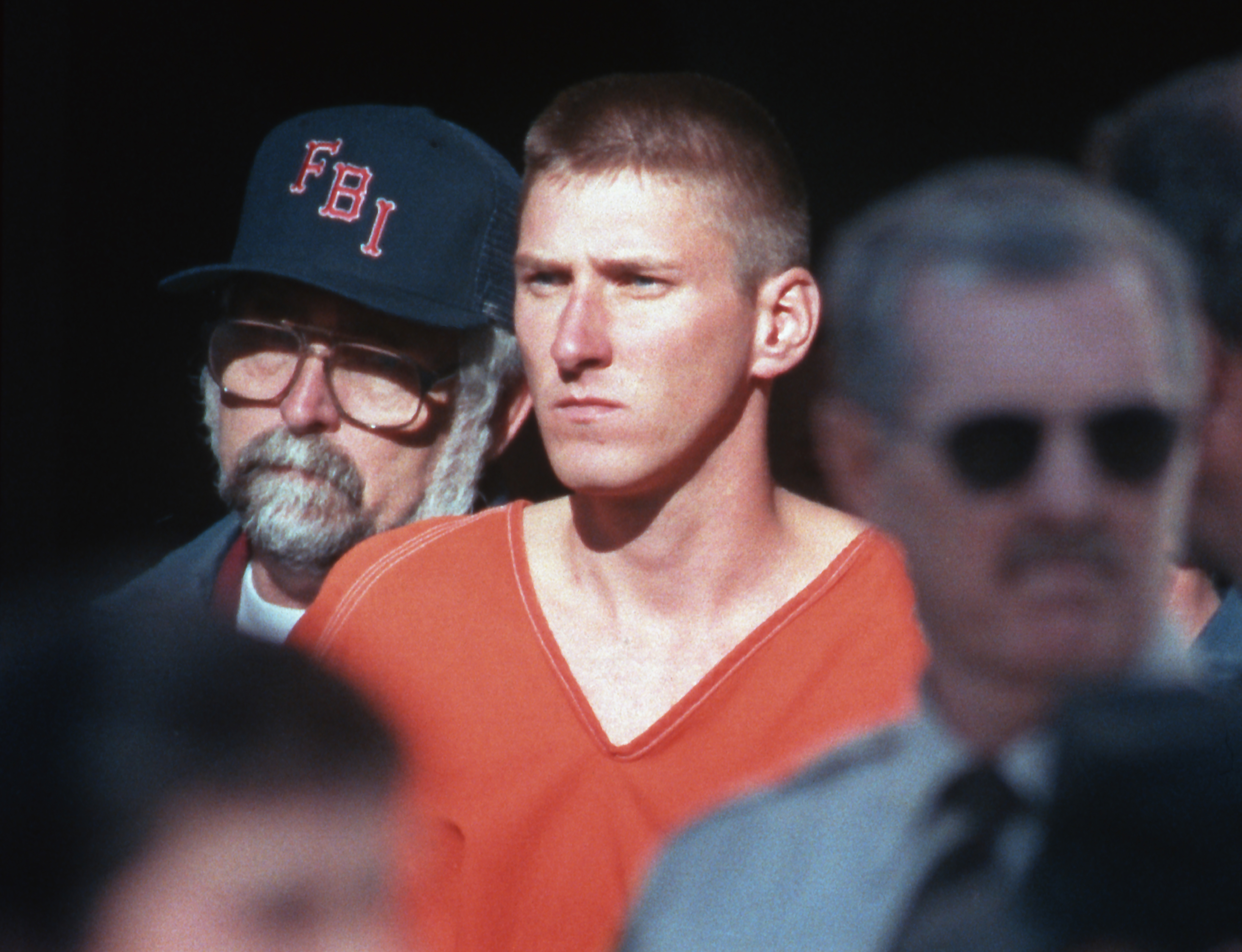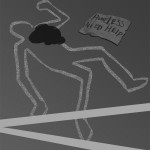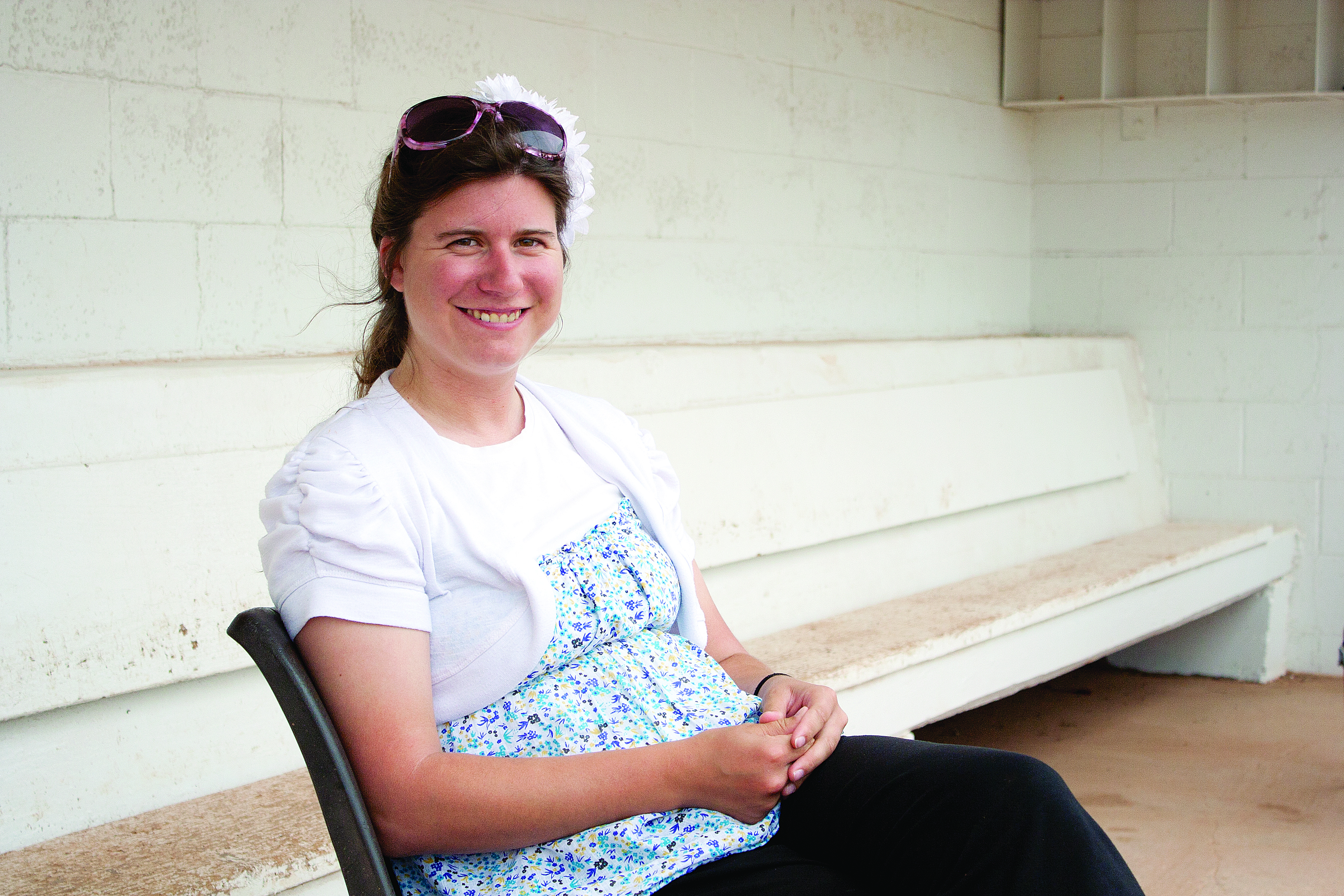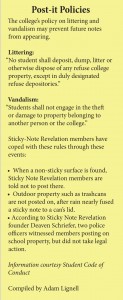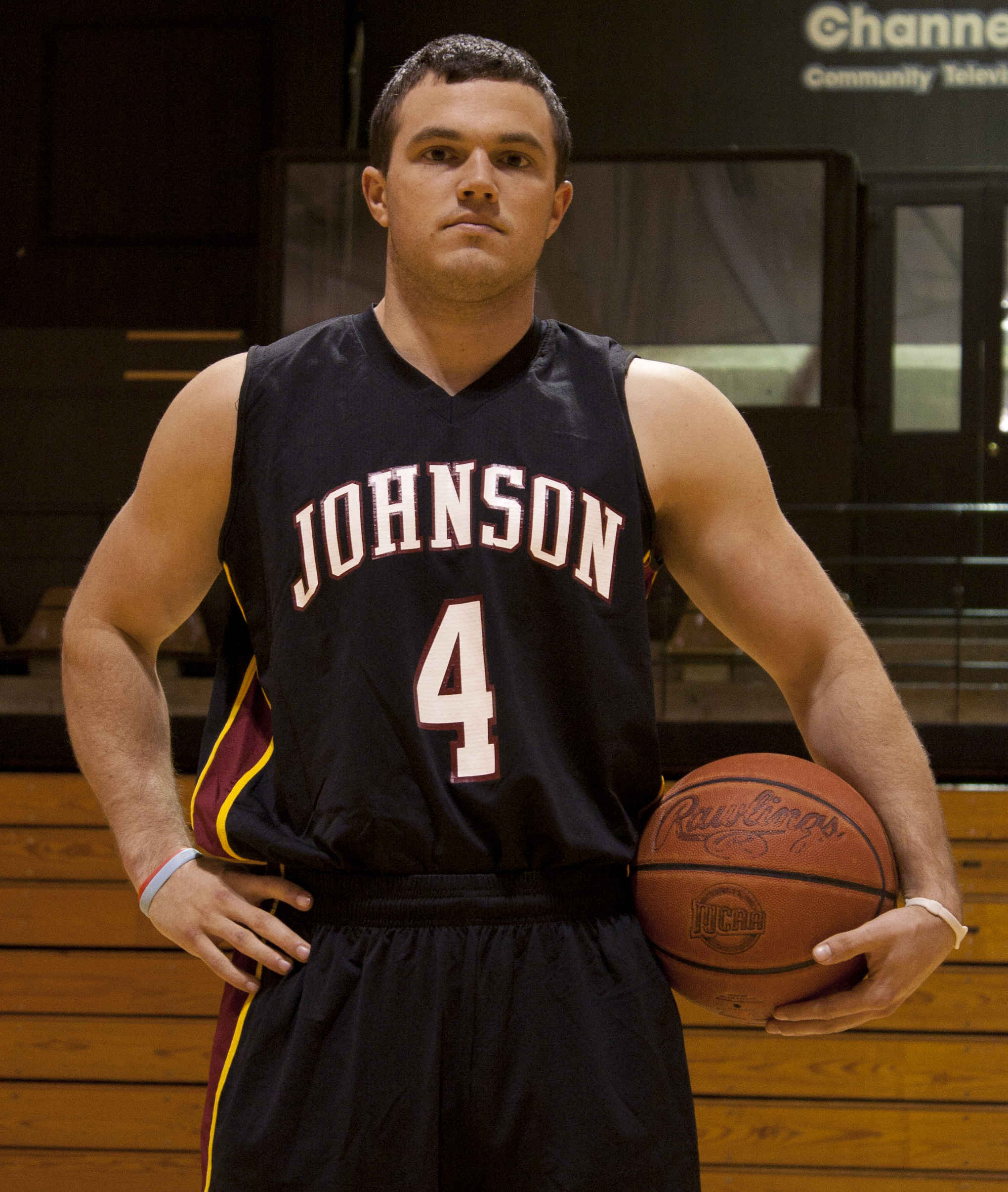By Tabi Secor
According to a recent poll conducted by the Pew Research Center, the greatest issue affecting this year’s election is the continuing growth of the economy and unemployment.
The global financial collapse in 2008 is said to be one of the major contributors to the United States’ economic decline.
“It would take a long time to discuss how we got here,” said Doug Copeland, professor, Economics, “but the global financial collapse is really what the tipping point was. We were already in a downturn recession. The economy was doing poorly before October of 2008, which was the big global financial collapse.”
According to Copeland, the economy has yet to bounce back from the event.
“We’ve been trying to recover from [the economic collapse] ever since,” he said. “We haven’t seen a collapse like that since the Great Depression.”
Kazi Abbas, student, works as a gas station attendant. He said he is fed up with both political parties.
“I’m not voting for anybody,” Abbas said. “I believe both republicans and democrats are working for their own profit. When it comes to issues with our country, why not work together?”
Abbas said he has seen the increased demand for jobs in his own workplace.
“I work in a gas station, and I’ve been working there for a long time,” Abbas said. “For me, it’s not really that hard to get hours, but at the same time we have a lot of students this semester coming and asking for jobs. We don’t have enough vacancies. Other people are looking for jobs very hard.”
Lauren Myers, student, is a self-employed guitar instructor. Myers said the current state of the economy has affected her negatively.
“I was in a car accident when I was sixteen; I broke almost every bone in my body,” Myers said. “A year later they hooked me up with a place for people with disabilities. Once Brownback was voted in, help with the [traumatic brain injury] waivers has gone down for me. I’ve lost a [transitional living specialist], I’ve lost a behavioral therapist, and all I have is a cognitive therapist.”
Myers said she does not believe the economy is improving.
“It’s hard to say, because [President Obama] is fixing it, but at the same time nobody’s letting him fix it,” Myers said. “I think all the old men that are in Congress need to be replaced. One of our justices, I think, is almost 100 years old. I’m not saying people like that are not sound mind, but they’re probably feeble minded.”
With the economy still in a slump, it is no wonder that it has become an important issue in this election season. Both President Barack Obama and Mitt Romney, Republican presidential nominee, have outlined plans as to how they plan to solve the economic crisis. One of the issues the two seem to agree on is that unemployment is still too high.
According to the Bureau of Labor Statistics, the national unemployment rate for August of 8.1 percent was slightly lower than the three months prior. Kansas unemployment is lower than the national number at 6.1 percent, and Johnson County is lower still at 5.2 percent.
Copeland said the lower numbers have been trending for awhile.
“Unemployment is stagnant,” he said. “It has been trending downwards, but not near as low as we all might like, of course.”
Copeland said one way to boost the economy is for people to actually spend more money.
“If we, as a nation, are spending more, businesses’ sales are up,” Copeland said. “When businesses sales are up, they will produce more. To produce more, they’ll hire workers. More workers mean more income. More income means more spending, which would generate more sales, more production, more jobs, and a drop in the unemployment rate. More income, more spending.”
Copeland went on to say government spending in a time of economic downturn is an appropriate way to boost the economy, but also reiterated that it is total spending that drives the economy.
“It’s always a good idea, on the spending front, to spend money on those things that will not only in the short term create jobs, but in the long term create economic growth,” he said.
Copeland also listed spending on health, education and training as ways to “enhance the productivity of the labor force.”
Despite the lower unemployment rates and policy makers doing what they can to boost the hurting economy, Copeland said he believes the recovery is not over yet.
“It’s going to take a long time,” he said.
Contact Tabi Secor, news editor, at tsecor@jccc.edu.
David Hurtado, features editor, contributed to this article.



























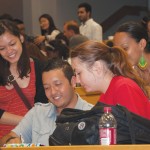
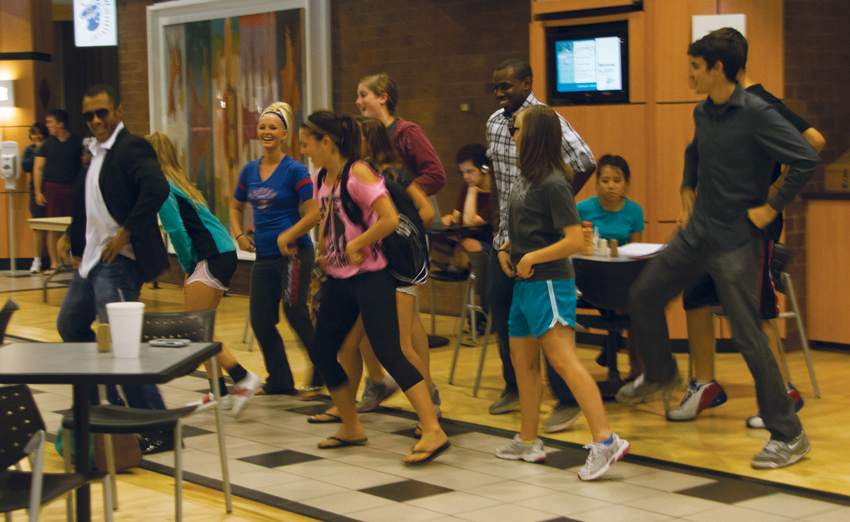
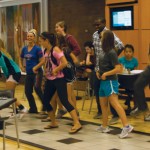
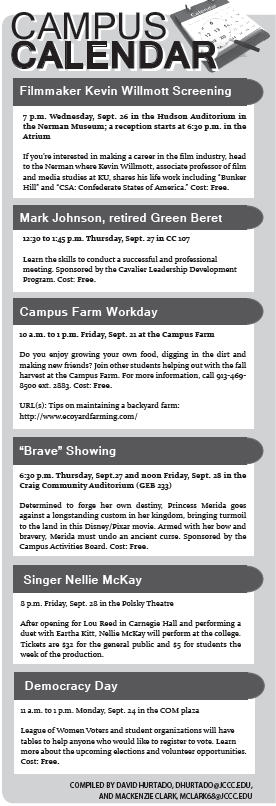








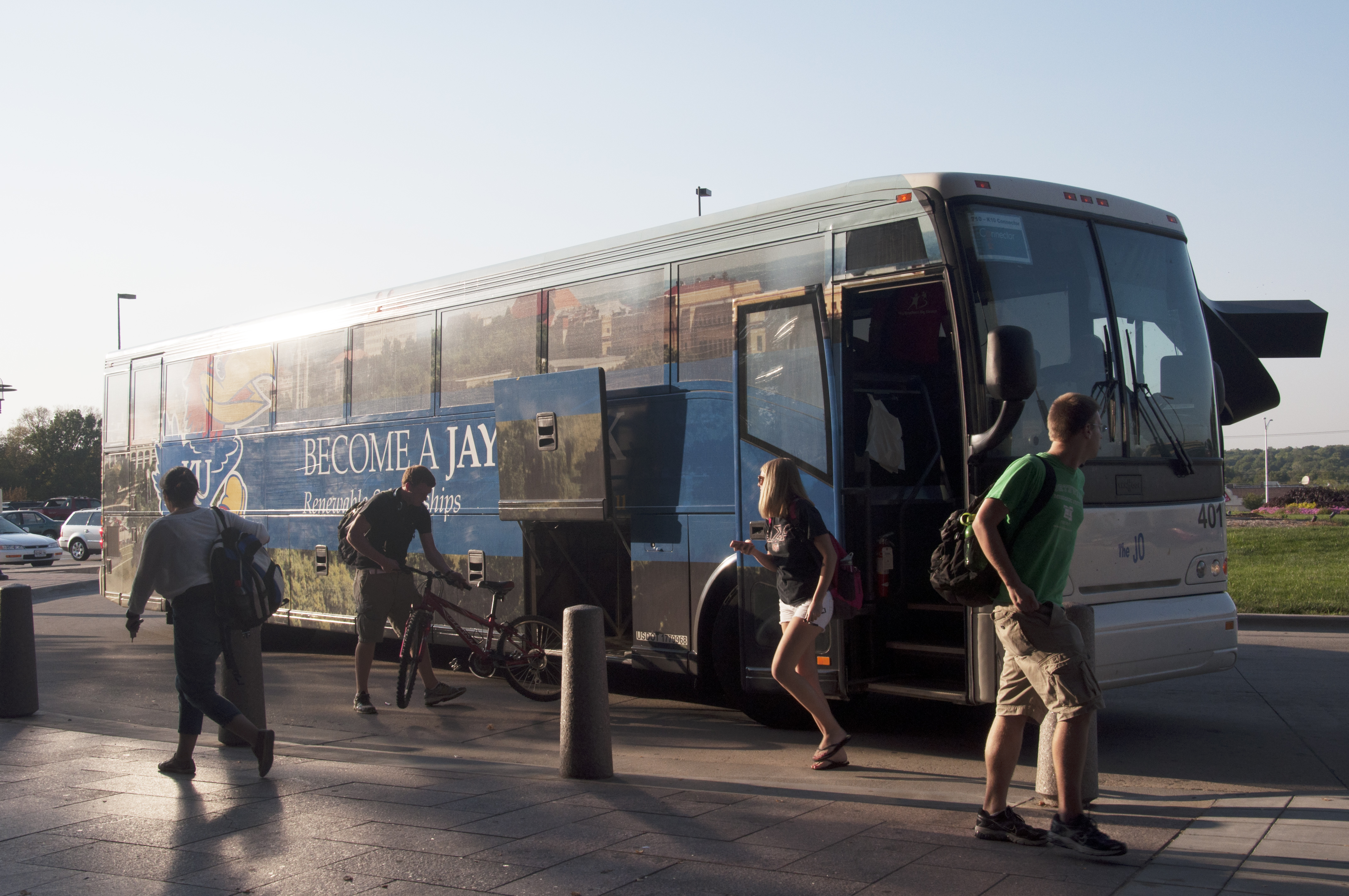



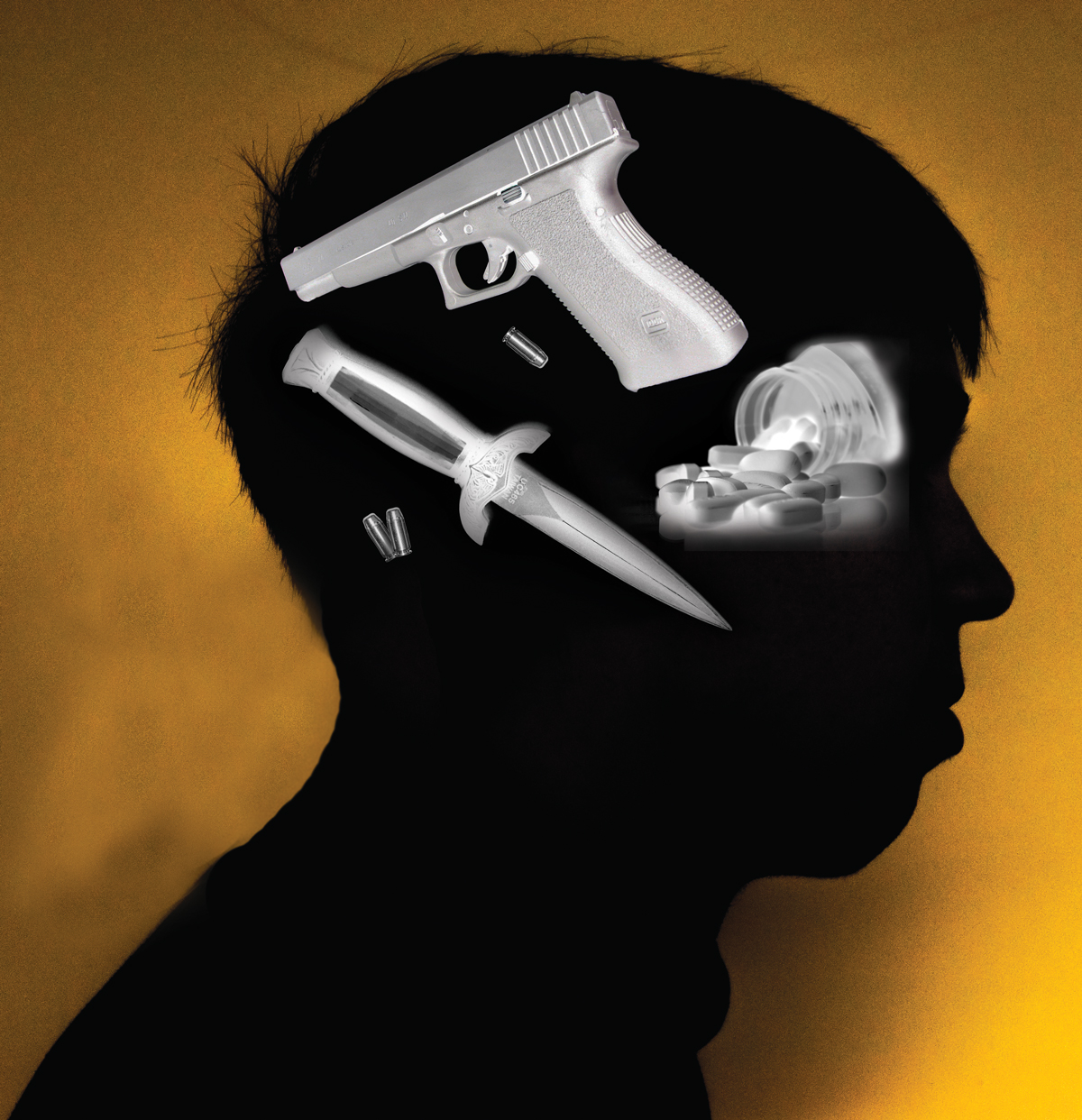






 aris opted to vacate the position after deciding to attend another college.
aris opted to vacate the position after deciding to attend another college.

